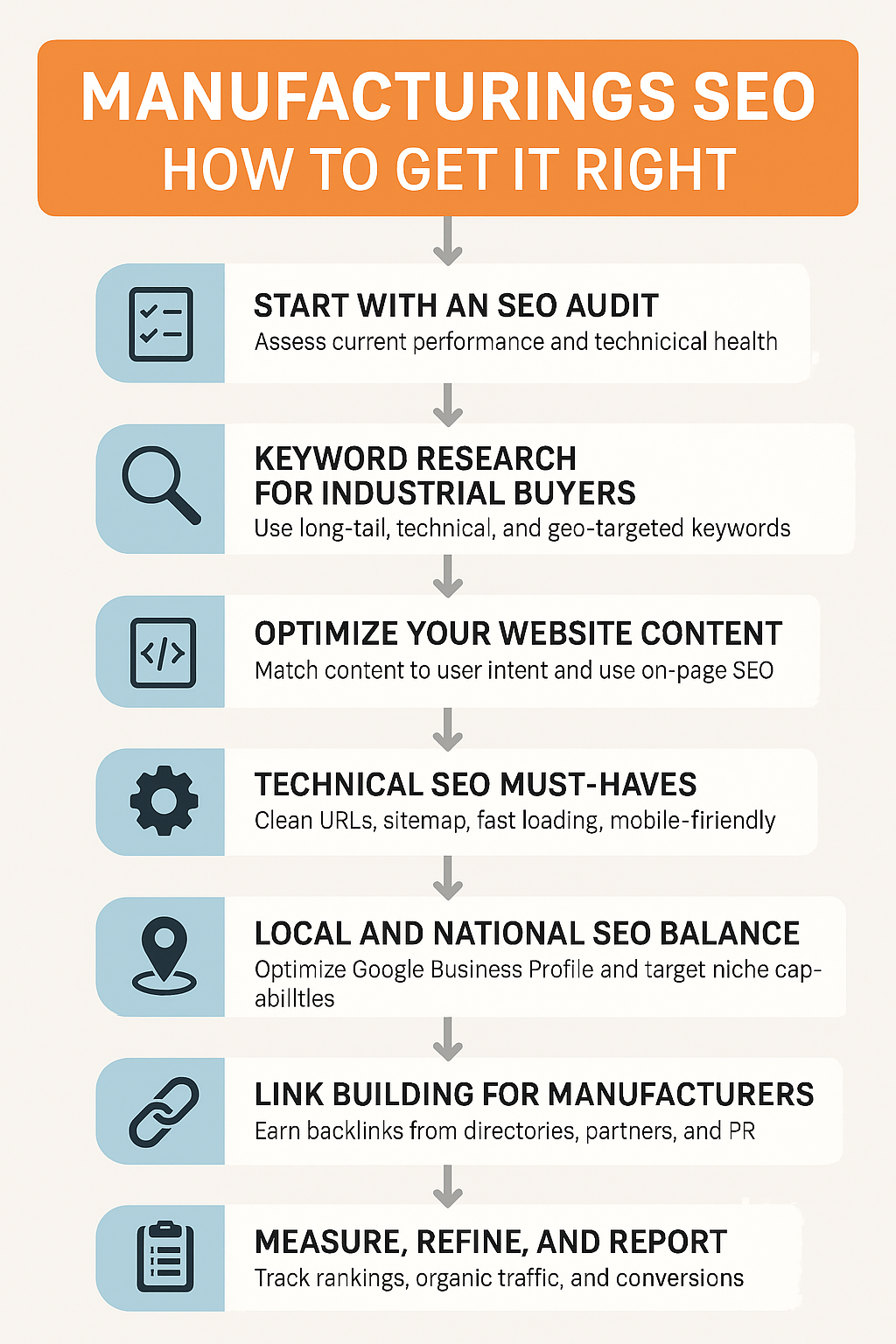As the cost of doing business continues to rise, competition is intensifying. How can you leverage technology to monitor what your competitors are doing so you can stay one step ahead? Monitoring competitors’ digital marketing strategies is one way to identify opportunities for improvement and differentiation. Here’s a step-by-step approach you can take (or hire us to do it for you):
- Identify Competitors – this may sound easy but you’ll want to think about not only your direct competitors but also your indirect competitors.
- Direct Competitors: Businesses that offer the same products or services.
- Indirect Competitors: Businesses that offer similar products or services or target the same audience.
- Use Competitive Analysis Tools – there are lots of paid tools out there that can help you do this. Here are just a few, some of which we use:
- SEMrush/Ahrefs: Track competitors’ SEO strategies, keyword rankings, and backlinks.
- SpyFu: Analyze competitors’ paid advertising and organic search strategies.
- SimilarWeb: Get insights into competitors’ website traffic and engagement metrics.
- BuzzSumo: Monitor competitors’ content performance and social media engagement.
- Analyze Website and SEO – this is a key part of what we do for our SEO clients but also incorporate many other facets in this whole list:
- Website Audit: Examine competitors’ websites for structure, user experience, and design.
- SEO Audit: Identify the keywords competitors are targeting and their on-page SEO strategies.
- Backlink Analysis: Check the quality and quantity of backlinks pointing to competitors’ sites.
- Monitor Social Media – Once it was difficult to know exactly what the competition was doing. Now they broadcast it to the world. So tune in to see what they are doing / saying:
- Social Media Profiles: Follow competitors on platforms like Facebook, Twitter, Instagram, and LinkedIn.
- Content Analysis: Observe the type of content they post, the frequency, and the engagement it receives.
- Social Listening Tools: Use tools like Hootsuite or Sprout Social to monitor mentions and engagement.
- Examine Content Marketing – Putting out content is a great way to establish your business as a leader or thought leader in your industry. Seeing how the competition is establishing their bona fides will give you insight.
- Blog Posts and Articles: Analyze the topics, frequency, and quality of content published by competitors.
- Email Marketing: Subscribe to competitors’ newsletters to understand their email marketing strategies.
- Content Engagement: Use tools like BuzzSumo to see how well competitors’ content performs in terms of shares and interactions.
- Assess Paid Advertising
- Google Ads Library: Use the Google Ads Transparency Report to see competitors’ ads.
- Facebook Ad Library: Explore the Facebook Ad Library to view competitors’ active ads.
- Ad Copy and Creative: Analyze the messaging, visuals, and call-to-actions used in competitors’ ads.
- Review Customer Feedback – this can be a good way to see what resonates with the customers of the competition and how you can improve or differentiate your business.
- Online Reviews: Check reviews on platforms like Google My Business, Yelp, and Trustpilot.
- Social Media Comments: Monitor comments and discussions on competitors’ social media pages.
- Customer Testimonials: Read testimonials on competitors’ websites for insights into customer satisfaction and pain points.
- Set Up Alerts and Notifications – so far we’ve been giving you a lot to do but now it is time to figure out how to get information you need passively:
- Google Alerts: Create alerts for competitors’ brand names and key products to get notified about new mentions.
- Mention: Use Mention to track online conversations about competitors in real-time.
- Benchmark Performance – get a high level overview of where the competition is, compare to your metrics and learn what works best:
- Key Metrics: Track metrics such as website traffic, social media followers, engagement rates, and keyword rankings.
- Performance Comparison: Compare these metrics against your own to identify areas for improvement.
- Document Findings and Strategize – here also is where having EduCyber help will help you stay on top of everything:
- Create Reports: Regularly compile findings into reports to track changes and trends.
- Identify Opportunities: Use the gathered insights to identify gaps in the market and opportunities for differentiation.
- Action Plan: Develop an action plan to enhance your digital marketing strategies based on the competitive analysis.
Business is moving at a fast pace. And inflation is impacting us all. As the cost of business continues to increase, following these steps can you outwork and outperform the competition. Need help with any part of this, give us a call or schedule a review of your current situation.



